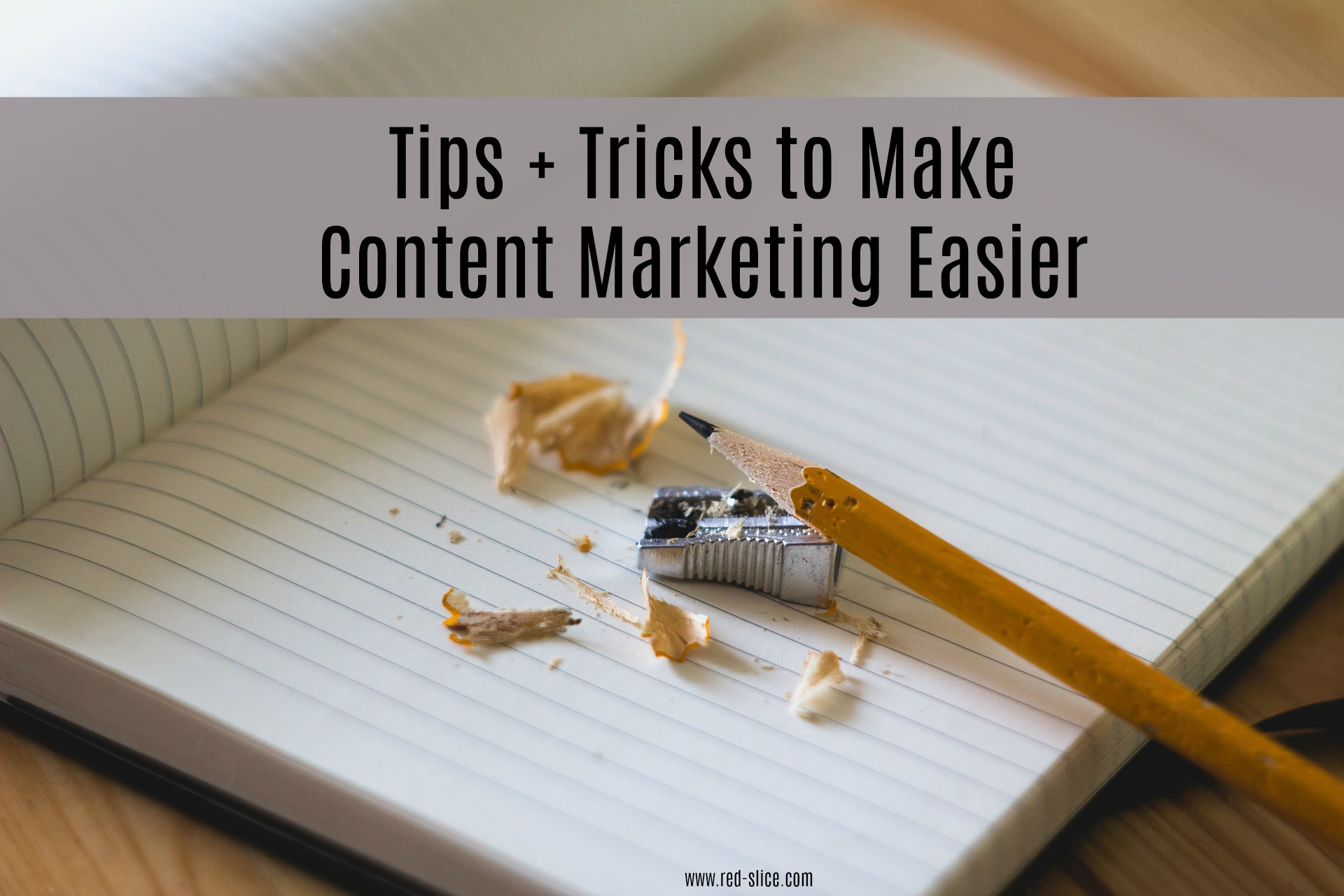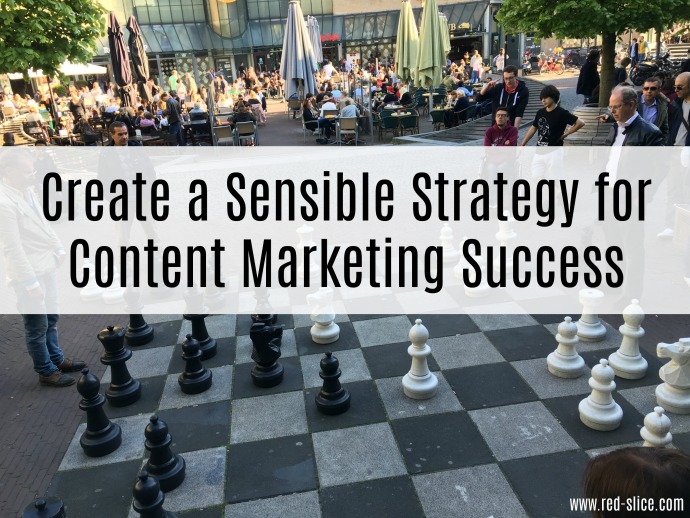As we careen into the holidays and end-of-the-year hoopla, I wanted to share some reflections with you on the year that was 2023 here at Red Slice and offer some best-of hits for your enjoyment.
This year, I was honored to present more empathy workshops for leadership training programs and conferences, interview amazing guests on The Empathy Edge podcast, and even deliver powerful brand story work to amazing clients.
Here, in no particular order, are some of my favorite podcast interviews and blog posts from this year. Hope you enjoy!
My favorite 6 episodes from The Empathy Edge podcast (although that’s like asking which child is your favorite!):
- Claude Silver: Leading with Heart at Vayner Media
- Colin Hunter: Disruptive Leadership and Being More Wrong
- Anna Liotta: Unlocking Generational Codes
- Cynthia Owyoung: Diversity and Inclusion Deliver Real Results. But Have We Made Progress?
- Rhonda George-Denniston: Why Betting on Your People Leads to Market Domination
- Dr. Michelle Zhou: Empathic AI is Real and It’s Here – But We Need Everyone Involved!
My Favorites Posts on Red-Slice.com
- The Most Painful and Poignant Empathy Teacher
- The Bear on How to De-escalate Conflict
- Employees: Empathy is a Two-Way Street
- Why Can’t Love Be Part of Your Business Model
- What Leadership Success requires in Today’s World
As we go into 2024, I am still putting together my plan and goals. I know I want to continue working towards Joy, Impact, and Magic, as I did last year as I said last year at this time, (it’s okay to renew your themes and goals if that serves you. And I can’t WAIT to share my newest book with you, The Empathy Dilemma: How Successful Leaders Balance Performance, People, and Personal Boundaries – coming September 2024!
Wishing you a joyful holiday season and merry new year. As our world reels from so much tragedy, hate, and war, may we continue to find ways to find the light in the dark and bring empathy, kindness, and joy into our own homes, workplaces, and communities. This is the way.







